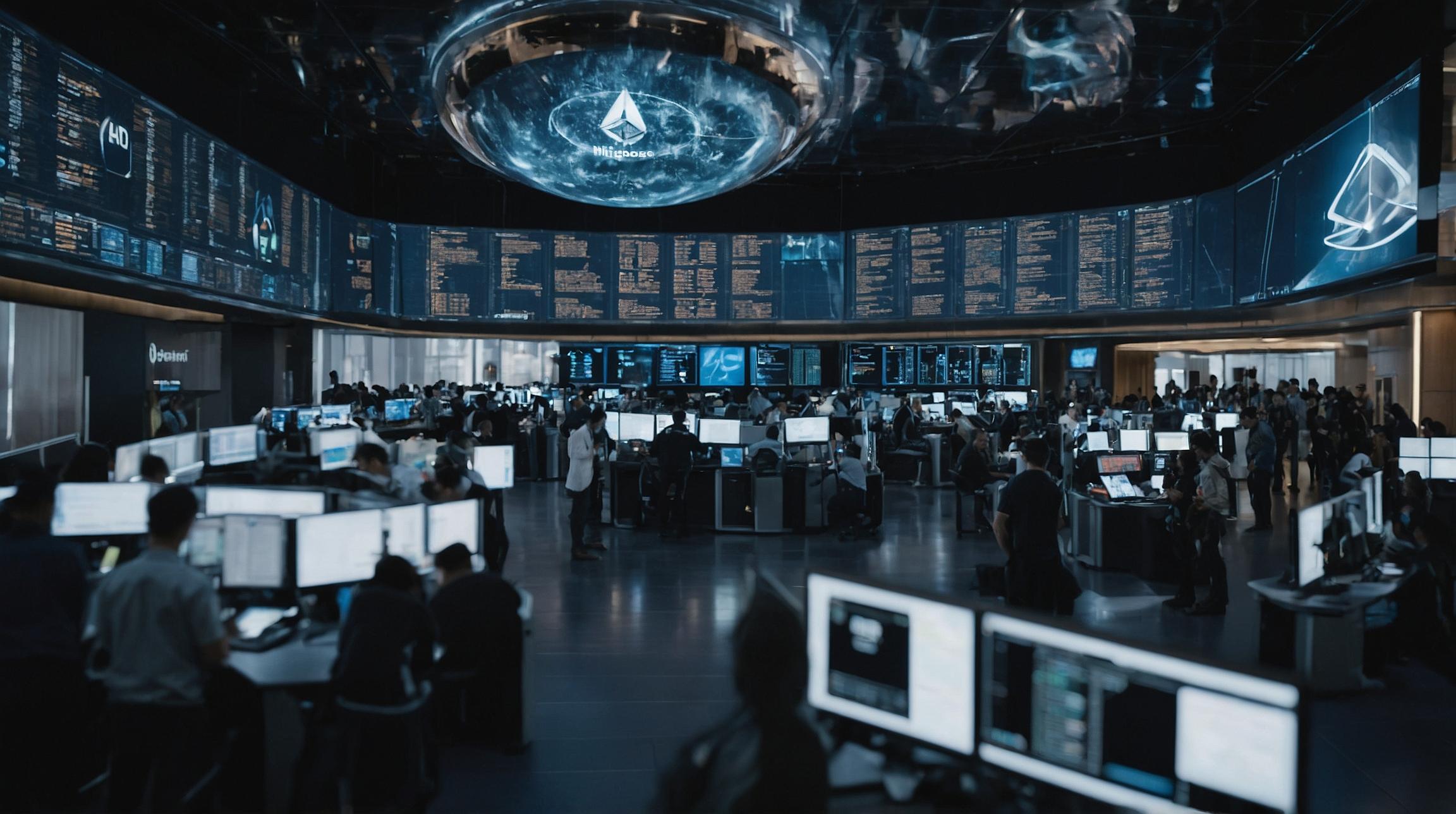California Proposes Landmark Legislation Against AI-Generated Exploitation Material
In a decisive move towards combating digital exploitation, Ventura County District Attorney Erik Nasarenko has thrown his support behind Assembly Bill 1831, a groundbreaking initiative aimed at curbing the creation and distribution of AI-generated child sexual abuse material (CSAM). This legislation, first introduced by California Assemblymember Marc Berman, D-Palo Alto, marks a significant step in the state’s effort to address a disturbing loophole in current laws.
Closing a Disturbing Gap in Child Protection Laws
The proliferation of artificial intelligence technologies has introduced a new frontier in the production of CSAM, one that the existing legal framework is ill-equipped to handle. Nasarenko pointed out the urgent need for intervention, calling attention to cases that have already emerged within the Ventura County investigation bureau. A notable instance involved an AI-generated video depicting a minor in sexually explicit situations with an adult, a case that could not be prosecuted under the current statute.
Marc Berman highlighted the dire implications of this legal gap, emphasizing the real-world harm to children whose images are manipulated to create such material. The bill endeavors to equalize the legal treatment of both artificial and real exploitation content, defining them collectively under criminal conduct.
Experts Weigh In on the Potential Impact
Riana Pfefferkorn, a researcher at the Stanford Internet Observatory, acknowledged the bill's intent but cautioned on its constitutionality. Pfefferkorn's observations also underscore the severe emotional and psychological repercussions for victims of this digital harassment, further exacerbated when manipulated images circulate online or within school environments.
Ed Howard, Senior Counsel for the Children’s Advocacy Institute, reiterated the broader societal and psychological dangers posed by AI-generated CSAM. By providing a platform for such content, there's a risk of normalizing exploitative behaviors and inflicting continuous trauma on victims. The bill's passage, Howard argued, could prevent a lifetime of harm for those depicted in manipulated materials.
A Call for Bipartisan Support
With the Public Safety Committee review scheduled for the end of March, both Berman and Nasarenko are optimistic about the bill's future. Its significance has transcended partisan lines, garnering widespread support among legislators. This initiative not only represents a veritable paradigm shift in how legal systems perceive and prosecute digital exploitation but also serves as a beacon of hope for safeguarding children against the traumatic effects of a rapidly evolving technological landscape.
As California stands on the brink of enacting Assembly Bill 1831, the discourse around AI's role in society takes on a new urgency. This legislation could very well set the precedent for how the rest of the nation and the world grapple with the darker dimensions of artificial intelligence.
Analyst comment
Positive news: California Proposes Landmark Legislation Against AI-Generated Exploitation Material
As an analyst, I believe that if Assembly Bill 1831 is enacted, it will close a legal gap in child protection laws and demonstrate California’s commitment to combatting digital exploitation. The bipartisan support and emphasis on the severe harm caused by AI-generated CSAM indicate a positive outlook for the legislation’s passage and potential long-term impact on addressing the use of AI in creating exploitative content.













